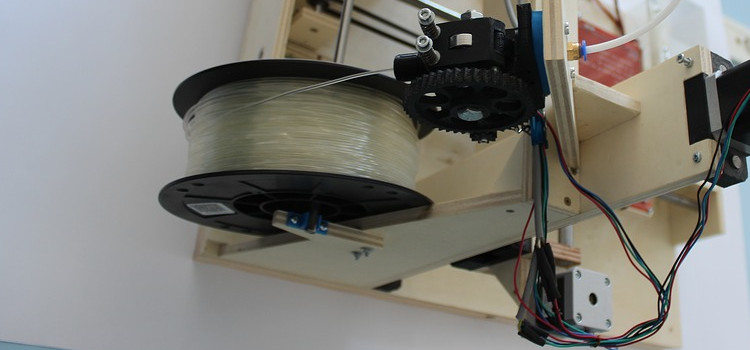3D printing is an additive manufacturing process that can create three-dimensional objects from a digital design. Unlike traditional machining methods, 3D printers use successive layers of material to build up the final shape of an object.
Contents
Does 3D Printing Filament Go Bad?
Many people believe that the 3D printing filament does go bad, but in reality, it is good for a few years. The plastic does become brittle and can snap easily, but it is not inherently bad. In fact, most 3D printer manufacturers will recommend you change your plastic after a certain period of time.
How Long Does 3D Printing Filament Last?
The shelf life of the filament depends on a few different factors. As a general rule, the higher quality (and more expensive) filaments will last longer than the cheaper ones. Filaments that haven’t had any exposure to oxygen or UV light will last longer than those exposed to both.
With that said, the important thing to remember is that it depends on the filament. According to many users, a cheap PLA filament will not last any longer than 1-2 years. The same is true of ABS pellets and Nylon filaments as well.
The best way to know how long your filament will last is by testing it first. You can do this by simply buying some spool of filament and using it for some projects, then checking, later on, to see how long it’s been since you printed something.
At this stage, you will probably notice the difference in the filament’s appearance. In good condition, the filament should be glossy and smooth and should have no residue on it. If there is residue, then that’s a sign that the plastic has been exposed to oxygen or light over time.
If the filament is in bad condition, it will look dull and have small cracks.
It is perfectly fine, though, to use an old spool of filament, but it’s recommended that you test it out first. If you’ve never used the plastic before or if you are not sure if it has been exposed to oxygen, then stick with the new spool of plastic in order to make sure everything goes well.
How Does 3D Printing Filament Go Bad?
The most common cause of filament failure is moisture getting into the plastic. Even though it is an inert material and doesn’t react, moisture can still get in and cause the plastic to expand.
Even so, the expansion will only happen in certain sections of the plastic filament and not throughout. So even if you have a small section that has dried out, it’s not going to ruin your project or make your printer malfunction.
As far as UV light goes, it can be damaging to your plastic over time. Keep your filament indoors and out of the sun to keep it from drying out and brittle.
Climate isn’t a major factor, either. In fact, it is recommended that you leave your filament indoors as well for this same reason. If you are going to store your filament outdoors, then make sure that it is wrapped up in an airtight bag.
If you happen to live where there’s a lot of humidity, it may be a good idea to store your spool in the refrigerator or freezer as well.
In most cases, though, storing your filament in a cabinet or cupboard will be sufficient enough to keep it from drying out.
What Can You Do If Your Filament Is Dry And Brittle?
If you find that your plastic filament has become brittle and dry, then there’s a good chance you may be able to revive it. To do this, simply take the spool out of the box and unwrap it. Leave it exposed for a few hours as the moisture diffuses back into the plastic.
While it is warm, confirm that the plastic isn’t going to snap or crack. Once it is cool enough, wrap the spool for storage. You can continue to use it after this if you are cautious, and just remember to make sure that the plastic has been exposed to air and not in a closed can or box.
If your filament is still in good condition while it has been exposed, then there’s a good chance that your print will go smoothly. Just make sure that you use a lower resolution so that the printer won’t have to extrude as much plastic.
If you happen to notice some brittle sections of the plastic filament, then don’t worry about it and just keep using it. Eventually, the plastic will be fine again.
In Conclusion
3D printing is the process of creating 3-dimensional objects from a digital design. It can be additive manufacturing, but it does not use any form of machining. The plastic filament for 3D printers is good for maybe 2 years before it becomes brittle and snaps. You should think about testing your filament before using it to see if it has been exposed to oxygen or UV light as the most common cause of failure in the filament.

